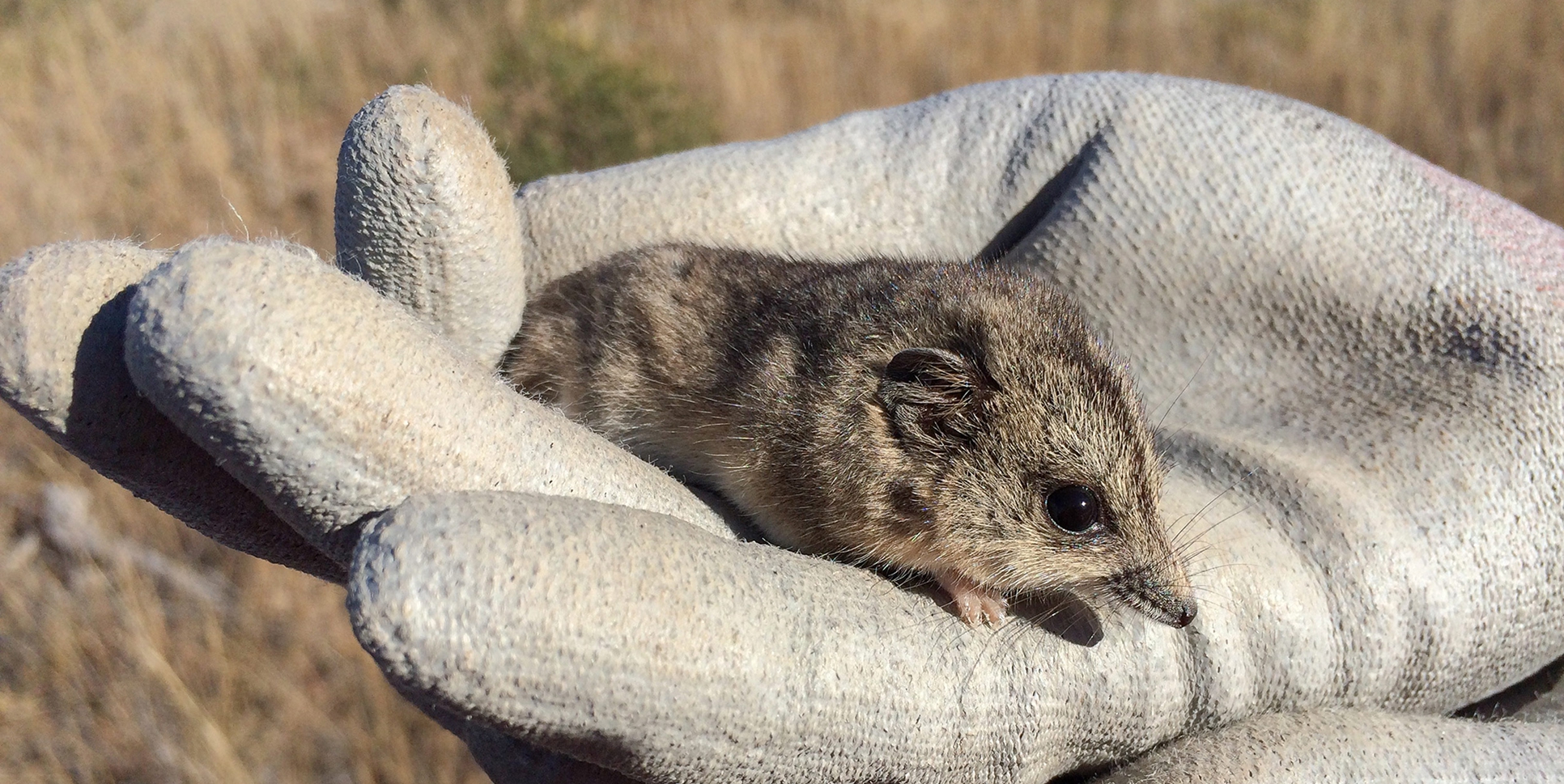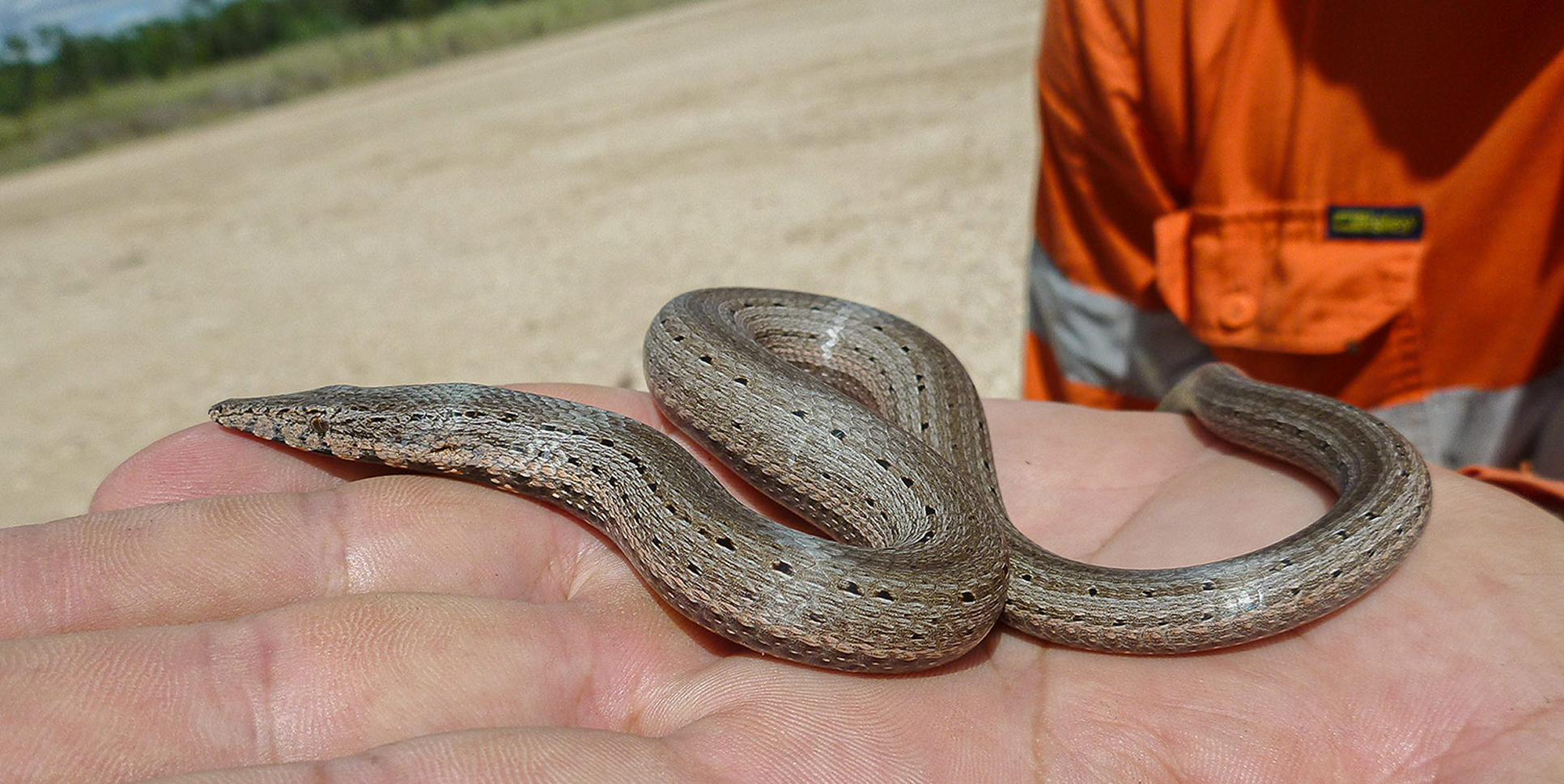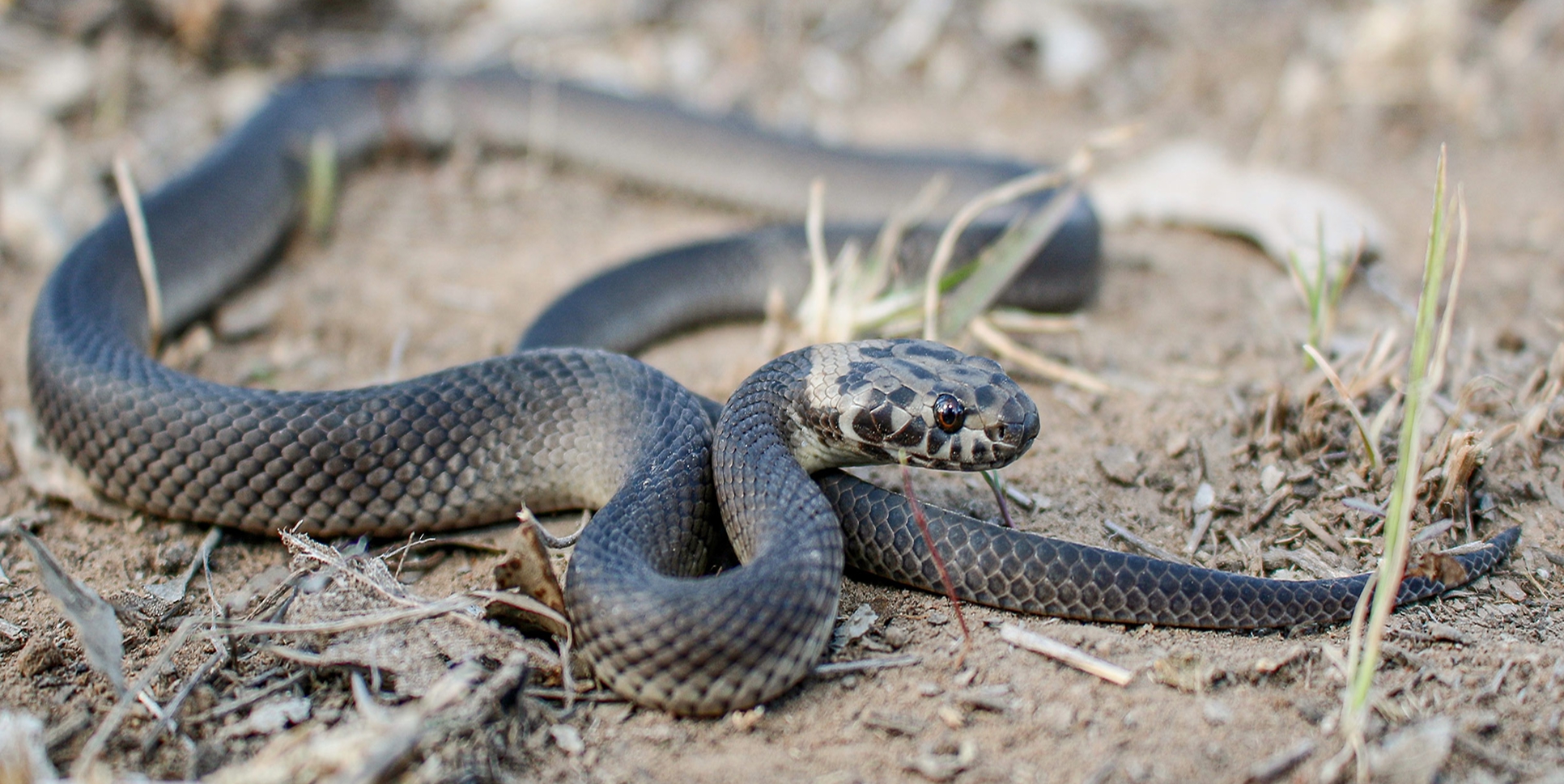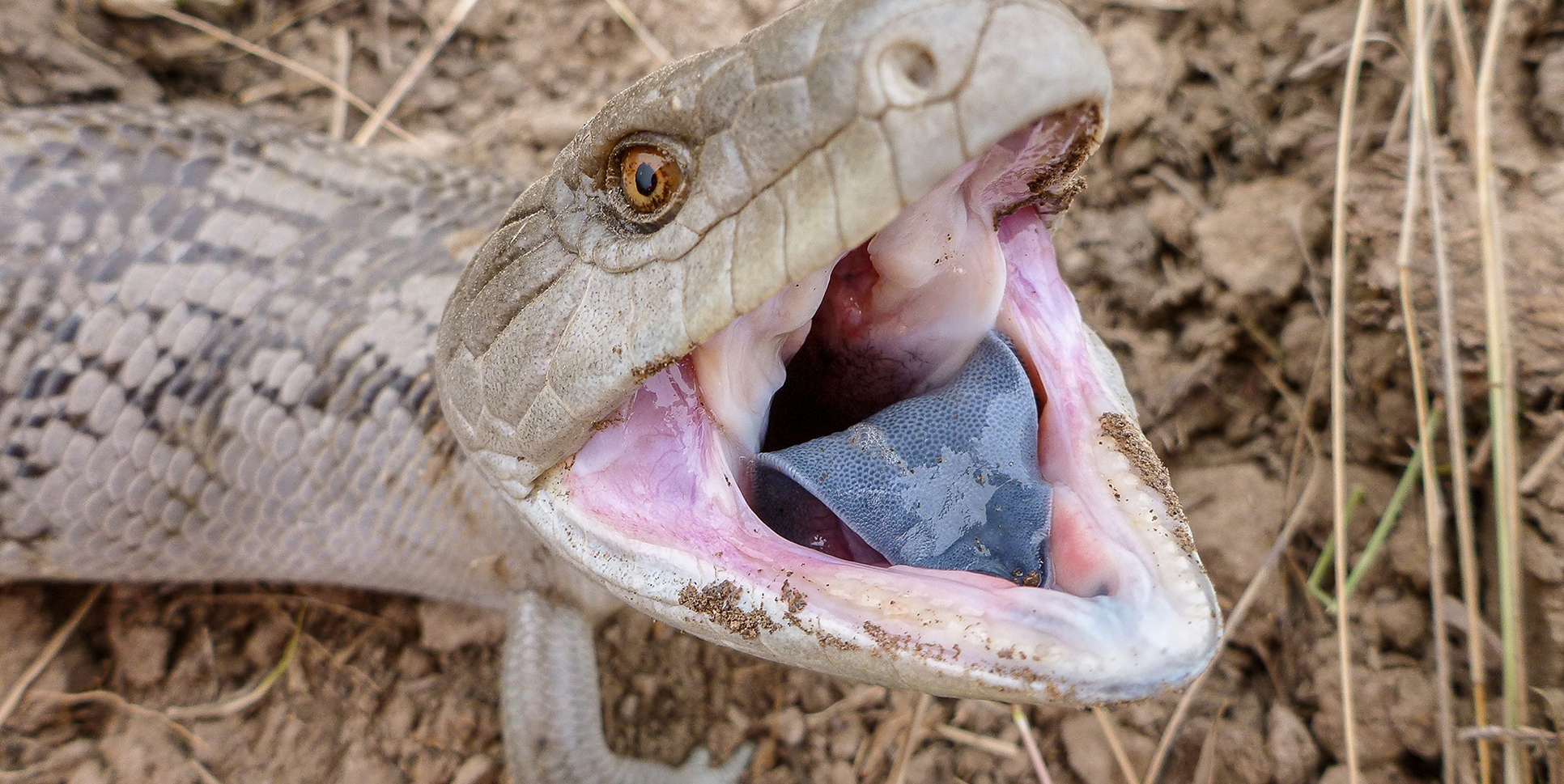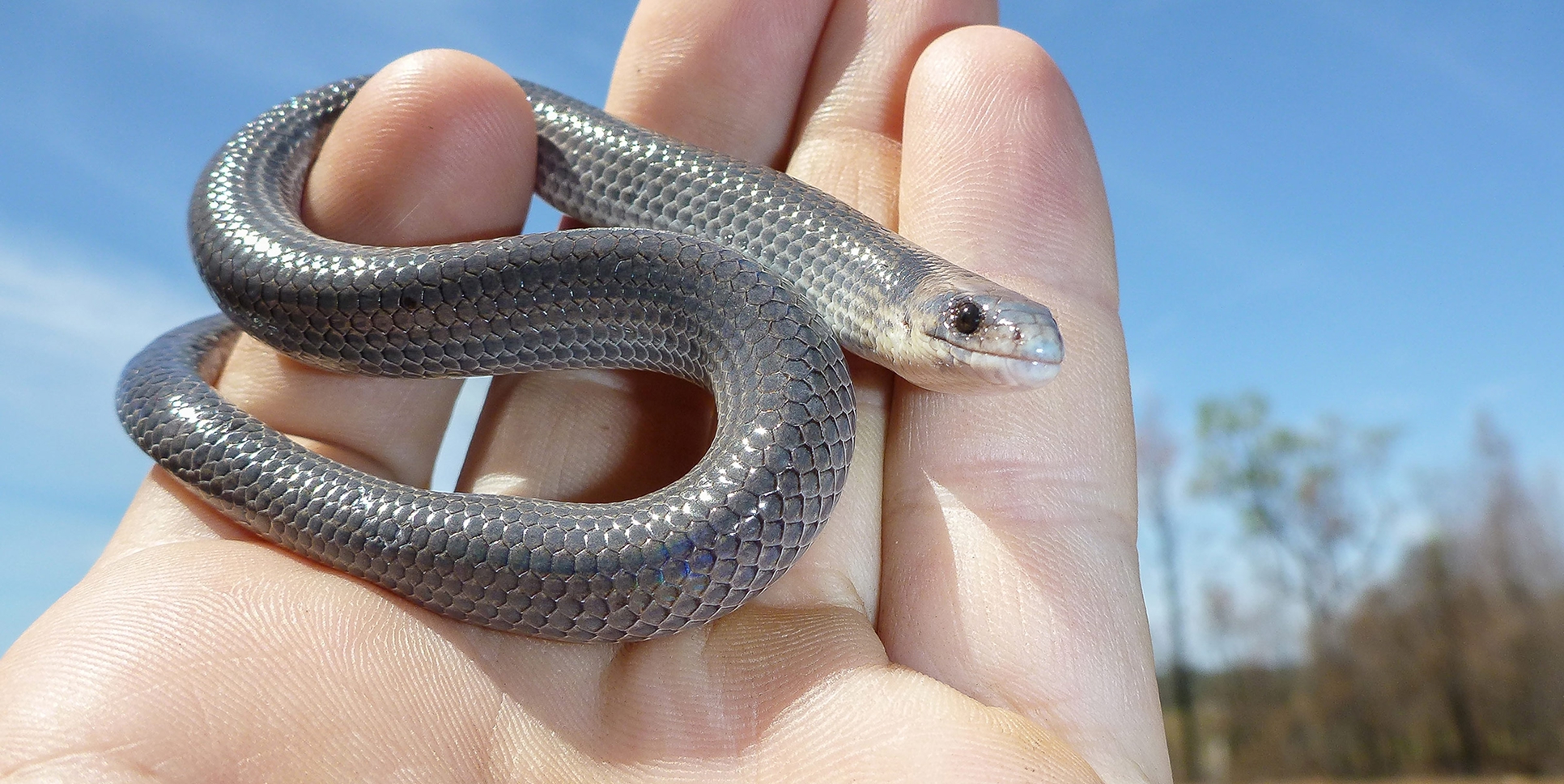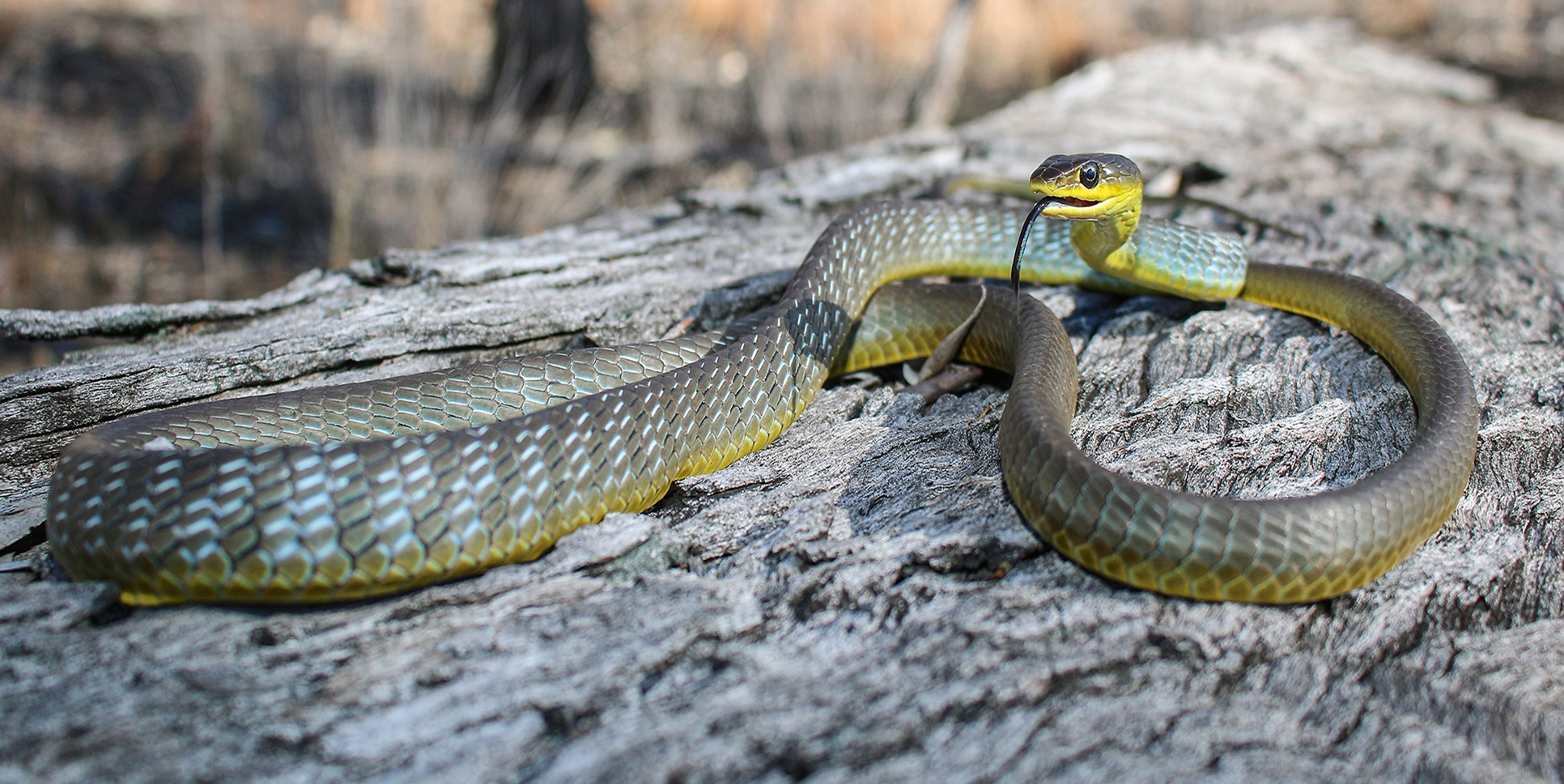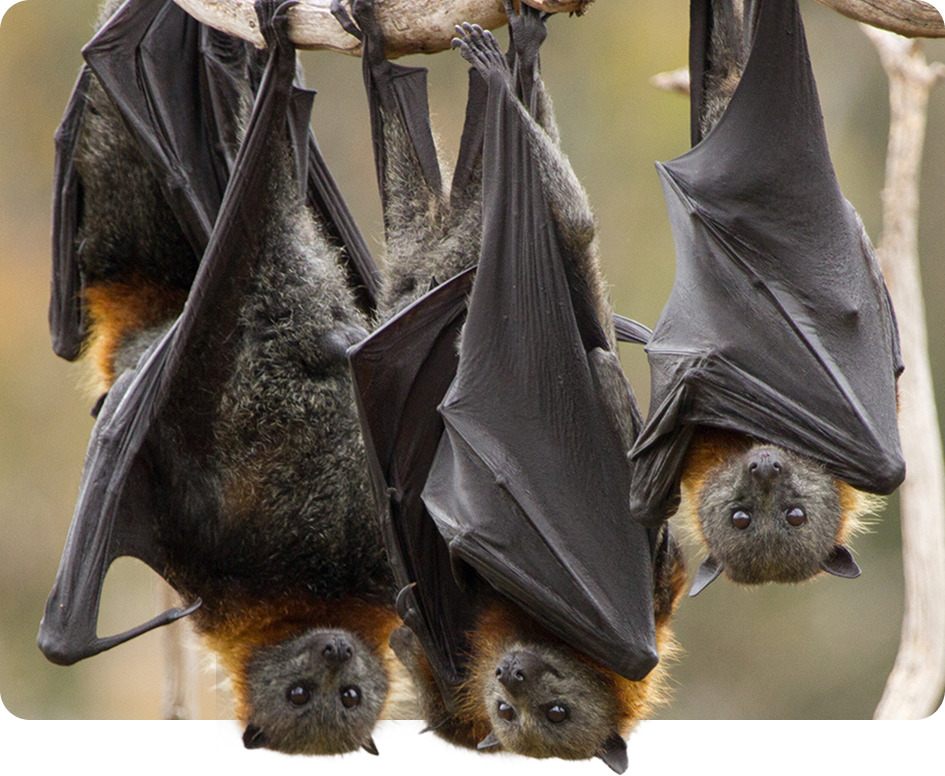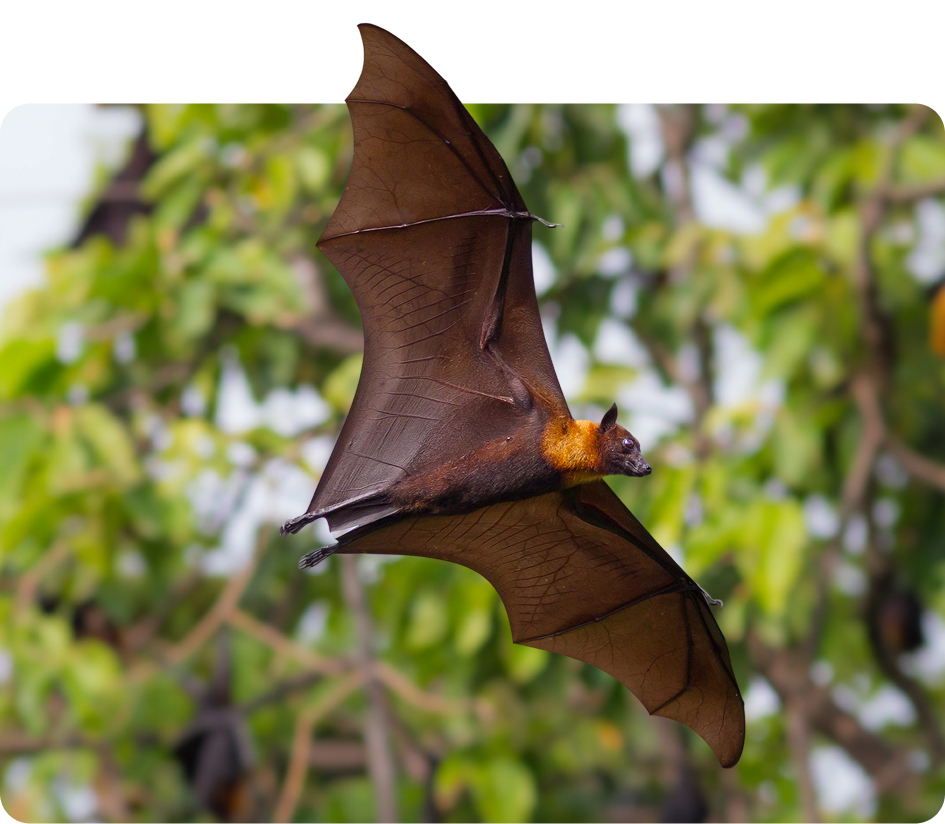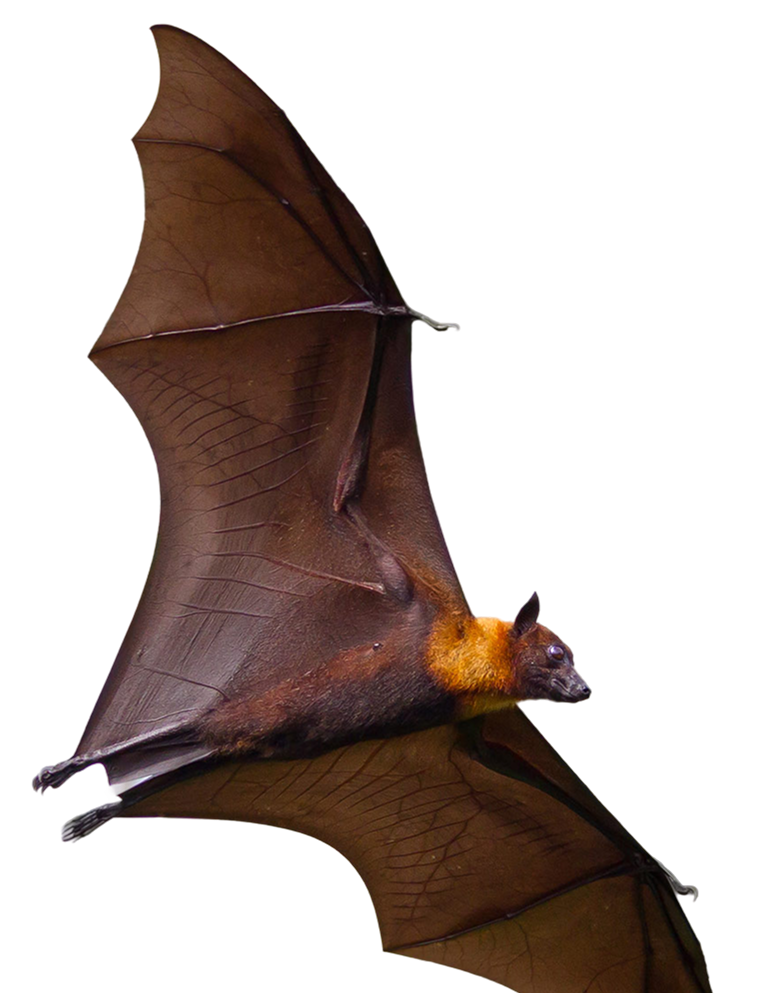
The Little red flying-fox (Pteropus scapulatus) is the smallest of Australia’s mainland flying-foxes and the most nomadic. Roosting in huge camps in woodlands and along rivers, it feeds on the nectar of flowering eucalypts and plays a vital role in pollination.
Flying-foxes play a critical role as pollinators and seed dispersers across Australia’s forests and river systems.
Yet their presence near urban areas, infrastructure or agricultural developments can present real challenges for communities and project delivery. Roosts can shift suddenly, populations fluctuate seasonally and strict environmental protections apply to their management.
Fauna Resources provides expert flying-fox monitoring and mitigation services that balance conservation needs with project requirements.
Our ecologists undertake roost population counts, habitat assessments and ongoing monitoring to detect seasonal patterns and potential risks early. Where mitigation is required, we implement only approved, humane techniques that align with regulatory conditions and safeguard animal welfare.
With our support, projects can move forward without unnecessary delays or community backlash.
Our approach ensures compliance with state and federal regulations, reduces conflicts with nearby residents and provides defensible data for regulators and stakeholders. From assessing Grey-headed Flying-fox populations along the eastern coastal belt to monitoring Black Flying-fox camps across northern Australia, our team understands the complex ecology of these species and applies practical, ethical solutions.
Manage flying-fox impacts with confidence. Contact Fauna Resources today for professional monitoring and mitigation services that keep your project compliant and Australia’s flying-foxes protected.
